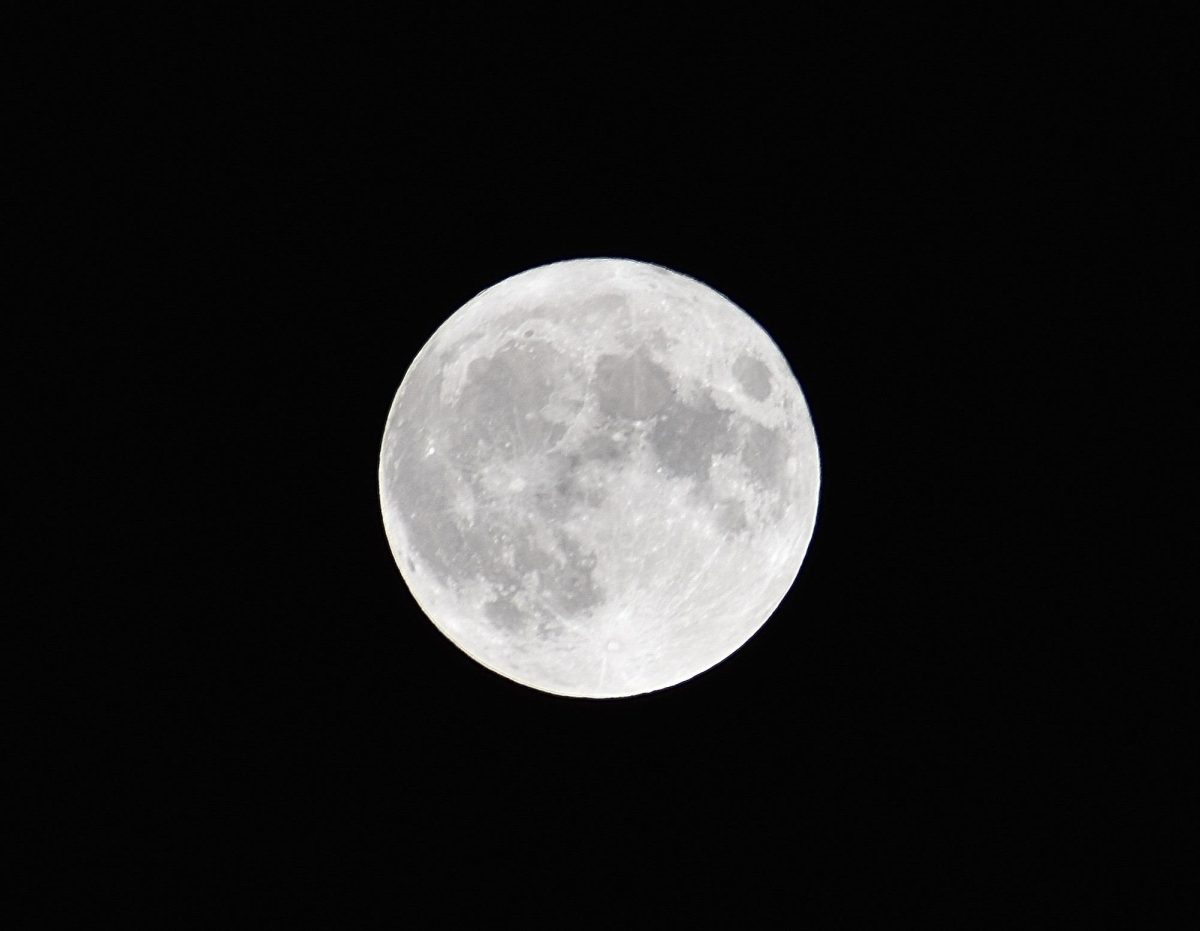Sept. 29, 2024 was the first day of a “mini-moon” orbiting Earth for a brief two-month period before it sails back out into space. This is the first time since 2022 that we have seen this phenomenon occur, offering an opportunity to further understand this fast-traveling asteroid and why it happens.
Dr. Chari Ramkumar, the program director for pre-engineering and engineering physics and an astronomy lecturer at NKU, gave a very detailed statement describing this occurrence and the planetary factors that led to it.
“There are many asteroids in near-Earth object regions of Earth. When these asteroids come closer, Earth’s gravity becomes strong enough to temporarily capture these objects, and pull them into orbit, making them ‘mini-moons’ for a short period of time before these objects escape back into orbit around the sun,” said Ramkumar. “It is a temporary gravitational tug of war between earth’s and sun’s gravity on the small object, and the earth’s gravity wins temporarily when it pulls the asteroid into its orbit.”
When people hear that there is an asteroid near Earth, their first thoughts tend to be negative. Many may start to think that we are in catastrophic danger, like in the movie “Armageddon,” and need to start planning for the doomsday that may fall upon us. However, Dr. Dirk Grupe, chair of the Physics and Geology Department, said there is no cause for concern.
“No, there is no consequence whatsoever, in particular not to the atmosphere. How should it? This body is so tiny,” Grupe said.
Dr. Wayne Bresser, assistant professor of physics and professor of introductory astronomy courses, discussed a factor that may upset those who enjoy staring off into outer space. He said that he had never seen this instance with his own eyes, and most people won’t, as you would seemingly “need the stars to align” to view this asteroid.
“You’d need a pretty good telescope to see this. You would need a telescope that has a very large aperture,” said Bresser.
An aperture is a large lens at the end of the telescope that points to a designated area of space. This piece allows light to enter the telescope, which then grants the viewer the ability to see a sharper image.
“Due to its speed, it’s a bright streak that you could only see if it goes across a very dark background,” said Bresser.
This “mini-moon” is a somewhat common occurrence, and all three experts say that this event is something that happens multiple times per decade.


